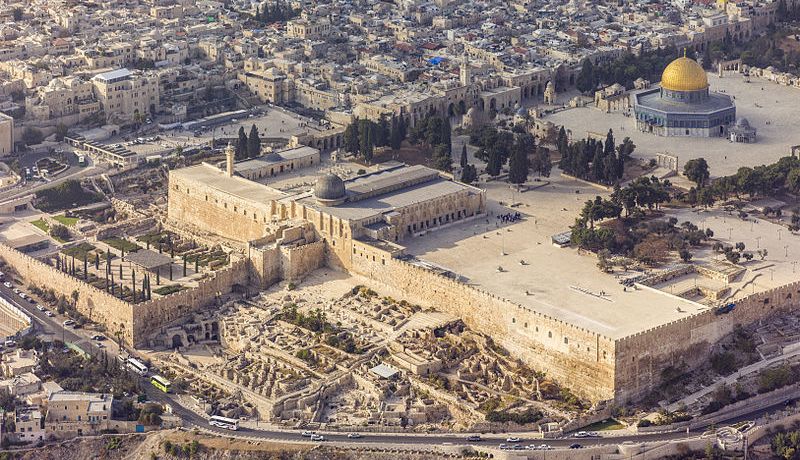
“…the king said to Natan the prophet, ‘Here, I’m living in a cedar-wood palace; but the ark of God is kept in a tent!’”-2 Samuel 7:2
The reason why David emphasized his palace was constructed out of cedar wood was to point out he was living in luxury.
“Cedarwood” was considered top-of-the-line in the Biblical era.
The robustness of cedar logs also enabled the construction of larger interior rooms.
In other words, multiple columns or load-bearing walls to hold up the roof weren’t needed.
However, don’t think David’s palace was made only from Cedar Wood.
The Cedar wood was used more as a surface decoration and more to support the stone architecture.
Having said all that, David’s palace was indeed the best of the best fit for royalty per the standards of the day.
Archeological discoveries also bear out these details.
Onward.
David compares his luxurious abode to God’s Holy Ark resting in a tent.
Other translations might say “resting in curtains.”
The original Hebrew is YERIY’AH.
Using the word “curtains” is probably a more accurate English translation.
The Hebrew word used for “tent” is OHEL and this was the word used in Chapter 6 to explain where the Ark was located.
In the Biblical era, tents were animal skins that covered a wooden framework.
So what’s being communicated here is a tent (Ohel) was prepared…
And that inside this tent, there was a space split off by the curtains where the Ark was placed.
In other words, that’s why the word YERIY’AH was used.
The intention was to communicate that a separate spot inside the tent had been prepared solely for the Ark.
So while this certainly wasn’t some big and grand construction on par with the Wilderness Tabernacle, it wasn’t no ordinary shepherd’s tent either.
It was a divided-off space that also contained a small separate area that mirrored the original Holy of Holies.
There’s a lot of debate about whether this should be considered the Third Temple or not.
We’re not given any indication this makeshift construction was portable.
Also, there’s the argument that the Millennial Temple is going to be the 3rd Temple.
So if the tent in David’s City was the 1st Temple…
Then it would stand to reason that Solomon’s Temple was the 2nd Temple.
This means Herod’s Temple would be the 3rd Temple.
If that’s the case, this means there will be no future Temple.
In other words, as some branches of Christianity assert, the future Temple will be purely spiritual…
And thus any mention of it should be interpreted allegorically.
So instead of a takeaway, I’d like to close today by asking you a question.
Do you believe there will be another physical Temple built in Jerusalem?
Or do you think any future Temple is to be spiritual…represented only by believers in Messiah?
And what Scriptures do you have to support your position?
See ya all next time.



Since I have always read that the Messiah will rebuild the temple, and reinstitute the temple services, and I think it is pretty obvious to most everyone that Herod was NOT the Messiah, then he couldn’t have built “the” third temple.
In another life, Herod would have been a civil engineer, but as far as the third temple is concerned, I believe it will be the one lowered from heaven, as described in Revelation.
But, since everyone at that time will be resurrected, and we are told our resurrected bodies will be different (1 Corinthians 15), and we will be beings of spirit, not flesh, then it stands to reason that everything that is created after the great and terrible judgement that will be poured out on the earth (destroying nearly all of it), whatever is created will be of spirit, not of flesh/physicality.
Of course, the important thing to remember is that whether the third temple is spiritual or physical, what matters is to be there.
Amen!